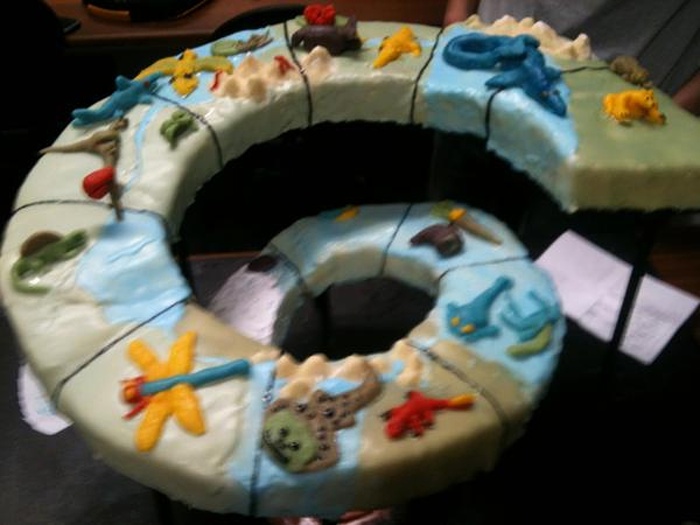Thanks to Dirk Steinke’s February 9, 2018 posting at the DNA Barcode blog for information about this science engagement/outreach project from Canada’s NSERC (Natural Sciences and Engineering Council),
NSERC has a great video competition for students which runs annually – Science, action! Students are invited to submit 1:00 min videos describing their research projects. The 15 videos that tell the best stories will receive a cash prize and be featured as part of museum exhibits, science fairs and during larger STEM outreach events at schools.
…
… All of the 75 selected contestants are now up on the web and ready for public voting to select 25 for the judge’s panel to decide on. …
NSERC has long had science promotion initiative but it’s been anemic for years so it’s good to see the renewed vitality (from the NSERC Science Promoters webpage),
PromoScience
NSERC’s PromoScience program offers financial support for organizations working with young Canadians to promote an understanding of science and engineering (including mathematics and technology). PromoScience supports hands-on learning experiences for young students and their science teachers.Science Odyssey
NSERC leads Science Odyssey, a ten-day celebration of science and technology taking place in May every year. The focus is to engage and inspire young Canadians and the general public across the country by showcasing Canada’s STEM accomplishments. This unique science festival is a connection point that brings together a wide variety of partners that deliver fun, engaging, innovative and captivating science promotion experiences from Canada’s prolific scientific community.Science Literacy Week
Science Literacy Week is a nationwide back-to-school celebration of books, organizations and activities that explore science, technology, engineering and mathematics (STEM) topics. It is an opportunity to expose Canadians to the wide range of science literature available at libraries, stores, museums and science centres.SciPOP
SciPOP is an event to inspire students in STEM. Teachers and schools across Canada hold hands-on science activities with their students and share a picture that can win them a spectacular prize. This year, on May 16, 2018, elementary and secondary school teachers are invited to devote a period of the day to science activities. It is organized within the framework of Science Odyssey – a national 10-day celebration of science.Little Inventors
Little Inventors takes children’s invention ideas and makes them real. NSERC brings Little Inventors to Canada in partnership with the project originators in the UK. The central mission which defines NSERC’s strategy is to ‘Build a Culture of Scientific Discovery and Innovation’, and we strongly believe this applies to young people too. The purpose of Little Inventors is to stimulate, at an early stage of life, the intrigue and involvement in this mission through activities that nurture creativity and an inquisitive mind.Women in Science and Engineering
Promoting careers for women in the natural sciences and engineering is a priority for NSERC. We are committed to increasing the number of women in these fields, facilitating the accommodation of career and family, and nurturing mentorship. Explore this page to learn more about the policies, programs and activities NSERC has developed to help achieve these goals.Science Exposed
A picture is truly worth a thousand words. The Science Exposed image contest challenges research groups or individuals to tell science stories through vibrant and exciting images. This is your chance to showcase your work and your creativity to provide Canadians with a whole new perspective on science.Science, Action!
NSERC’s Science, Action! video contest challenges postsecondary students to film the people, research and innovations that are transforming the way Canadians live and work. The contest is your chance to help Canadians discover how science and engineering contributes to our understanding of the world and universe around us.The NSERC Awards for Science Promotion
The NSERC Awards for Science Promotion honour individuals and groups who make an outstanding contribution to the promotion of science in Canada through activities encouraging popular interest in science or developing science abilities.
As mentioned in the head for this posting, public voting is open for the Science, Action! prorgramme,
Public Voting is now open for Science, Action!
Below [on the NSERC website], you will find the Top 75 entries to this year’s contest.From February 6 to March 2 [2018], watch and share your favourite videos. Show your family and friends how science and engineering is improving their lives!
The 25 videos with the most views on March 2 will proceed to our judges’ panel, where they will compete for one of 15 cash prizes!
The top prize is $3500. Here are some examples of what’s on view,
Much to my surprise I found this hexanal and fruit video from a student at the University of Guelph (here are four postings about this work which is a joint project for Canada, India, and Sri Lanka): June 21, 2012; November 1, 2012; February 9, 2015; and December 29, 2015),
And, there’s the last one being included here,
Have fun!






